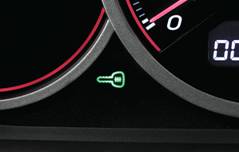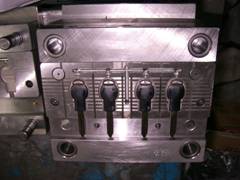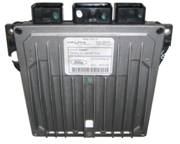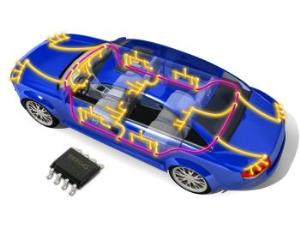 |
| |
 |
TESORO Technician at your service |
FAQ – Transponder Key blank |
|
|
 |
| |
 |
| |
| What is Immobilizer? |
The Immobilizer prevents the vehicle’s engine running unless an authorized chip key is present and has been properly matched to various codes in the ECU (Engine Control Unit).
The components of the Immobilizer system that require special procedures for replacement include the keys, Engine controller (ECU), and the Instrument Cluster (or the separate Immobilizer modules in vehicles so equipped). |
 |
Since 1996 there are several different Immobilizer schemes have been used for different years and different models of vehicles with different procedures that apply to them. |
|
|
 |
 |
| |
What is Transponder and Transponder key? |
Transponder has been using in many industries for years. Its also know as a “Chip Key”. There are more and more vehicles equipped immobilizer to protect the vehicles from break in and drive away. |
 |
When the Transponder key is present, the car's ECU (Immobilizer) transmits a radio signal to the transponder circuit. The transponder chip has no battery; it is energized by the radio signal itself. The circuit typically has a computer chip that is programmed to respond by sending a coded signal back to the car's Immobilizer. If the chip does not respond or if the code is incorrect, the engine will not start. |
|
|
|
 |
 |
| |
 |
There are 3-types of codes are use on the cars now. |
 |
Fixed Code
Fixed Encrypted Code
Rolling Code |
| The Technician can either “Clone” a transponder key or “Program” a transponder key into the vehicle’s ECU. |
|
|
 |
 |
| |
What is ECU and PCM? |
 |
Engine Control Unit (ECU) is a computer unit that controls the engine from Start, Idle speed and Valve control. ECU is also known as “Power-Train Control Module (PCM). Its using CAN Bus system to control and communicate with applications. |
What is the CAN Bus protocol? |
Control Area Network (CAN) was first created in 1984 and has been introduce and use on vehicle since 2003. |
|
 |
The Bus (Connections between and within the
ECU, memory, and peripherals) used to carry data to communicate between, scan tool, ECU and application. |
The CAN Bus system equipped vehicles using OBDII connection to read the faulty code on each applications (ABS, Fuel Injection, Mirrors, Stereo and many other applications) the technician can use the proper software though OBDII connection to communicate with the hardware. |
| There are FlexRay, CAN Bus, and LIN Bus systems are using by the automakers around the world. Those data systems are very different protocols for different applications |
What is Single wire CAN Bus System? |
| Single wire CAN is a physical layer that was created by General Motors. CAN communication using a single wire at high speed mode for flash programming. Most of CAN transceivers offer only a 1 or 0; however, the Single wire CAN carries data much faster than the Non-CAN system. |
What is Flex Ray System? |
Flex Ray is faster than CAN Bus. The Flex Ray protocol was designed for specific time deterministic applications with fault tolerance and may replace CAN in applications such as ABS system, Chassis, and Engine control and Safety relate application. |
What is LIN Bus System |
Local Interconnect Network (LIN) is also a protocol using by many European automaker. Its hardware is much cheaper than Flex Ray and CAN Bus. |
|
|
 |
| COPYRIGHT © 2010 TESORO GROUP, ALL RIGHTS RESERVED. |
|


